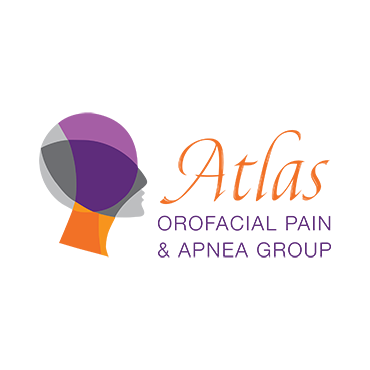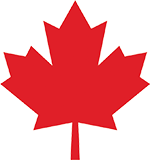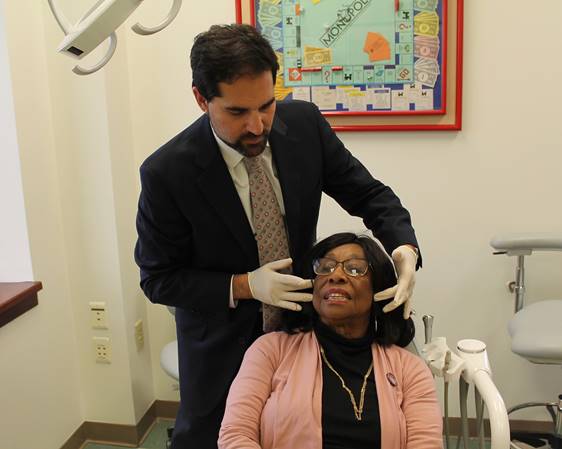Evidence Based Diagnosis and Treatment
When a patient reports pain at the side of the face, headaches, jaw dysfunction, or other similar problems, doctors and dentists will often use the term TMJ to describe the condition. In fact, facial pain, sometimes called TMJ (for temporomandibular joint) or TMD (temporomandibular disorder), can include a wide spectrum of problems, with an equally wide range of causes and treatment options.
Our goal is to determine the anatomy underlying the discomfort, determine what factors are causing or aggravating it, and provide ways to improve the situation. In many cases, the body will improve or adapt if obstacles are removed and healing is encouraged.
Our approach favors physical therapy, exercises, behavioral changes, and oral appliances to relieve the TMJ joint and associated structures to return to normal, comfortable function. Medication is used minimally, and surgery is avoided unless absolutely necessary. Education is a very important part of the process, as the more you understand about your problem the better you will be able to manage it. It is important, also, to accept that these disorders usually cannot be “fixed” entirely. Treatment is intended to equip patients to manage this problem, now and whenever it may cause trouble in the future.
Because facial pain includes a wide spectrum of conditions, the first stage is an accurate diagnosis. This begins with collecting information. We enable patients to complete forms through our website, and follow this with a comprehensive interview at the office with Dr. Goldberg. Listening to the patient and understanding what he or she is experiencing is a critical phase of therapy. Dr. Goldberg will then typically perform a specialized exam and collect x-rays and other imaging as necessary. We are proud to offer the most advanced technology in the region for computer analysis of jaw function.
Once a diagnosis has been established, Dr. Goldberg develops a treatment plan aimed at the most conservative, reversible, minimally invasive approach. Many patients are treated with a special oral appliance worn in the mouth at night, during the day, or both, to stabilize the joint and muscles. Medications may be prescribed and injections may be used to help facilitate improvement. Our practice also uses therapeutic ultrasound, low level laser therapy, biofeedback, iontophoresis, and physical therapy as necessary; we are fortunate to have a head and neck physical therapist right in the office.
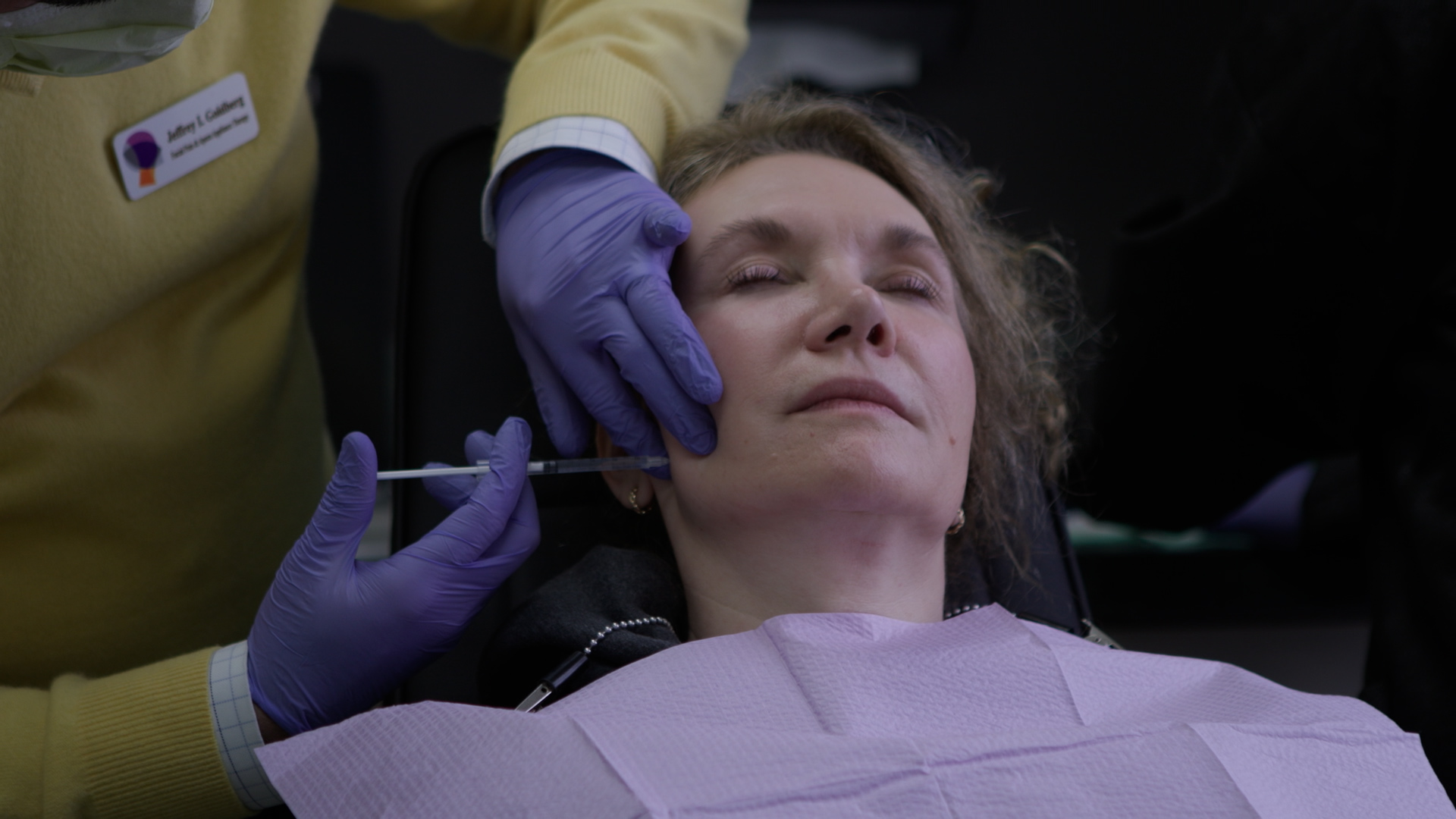
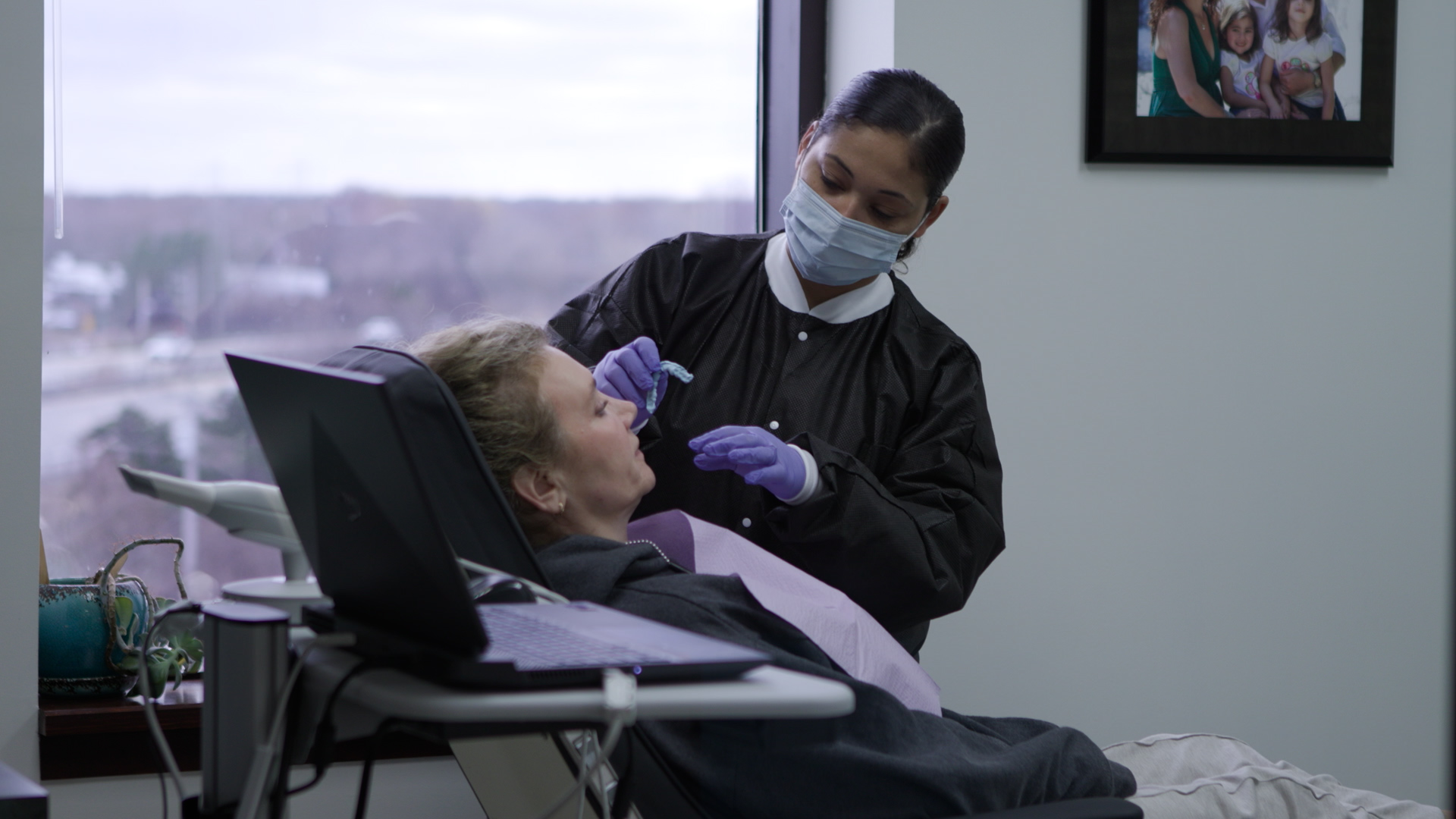
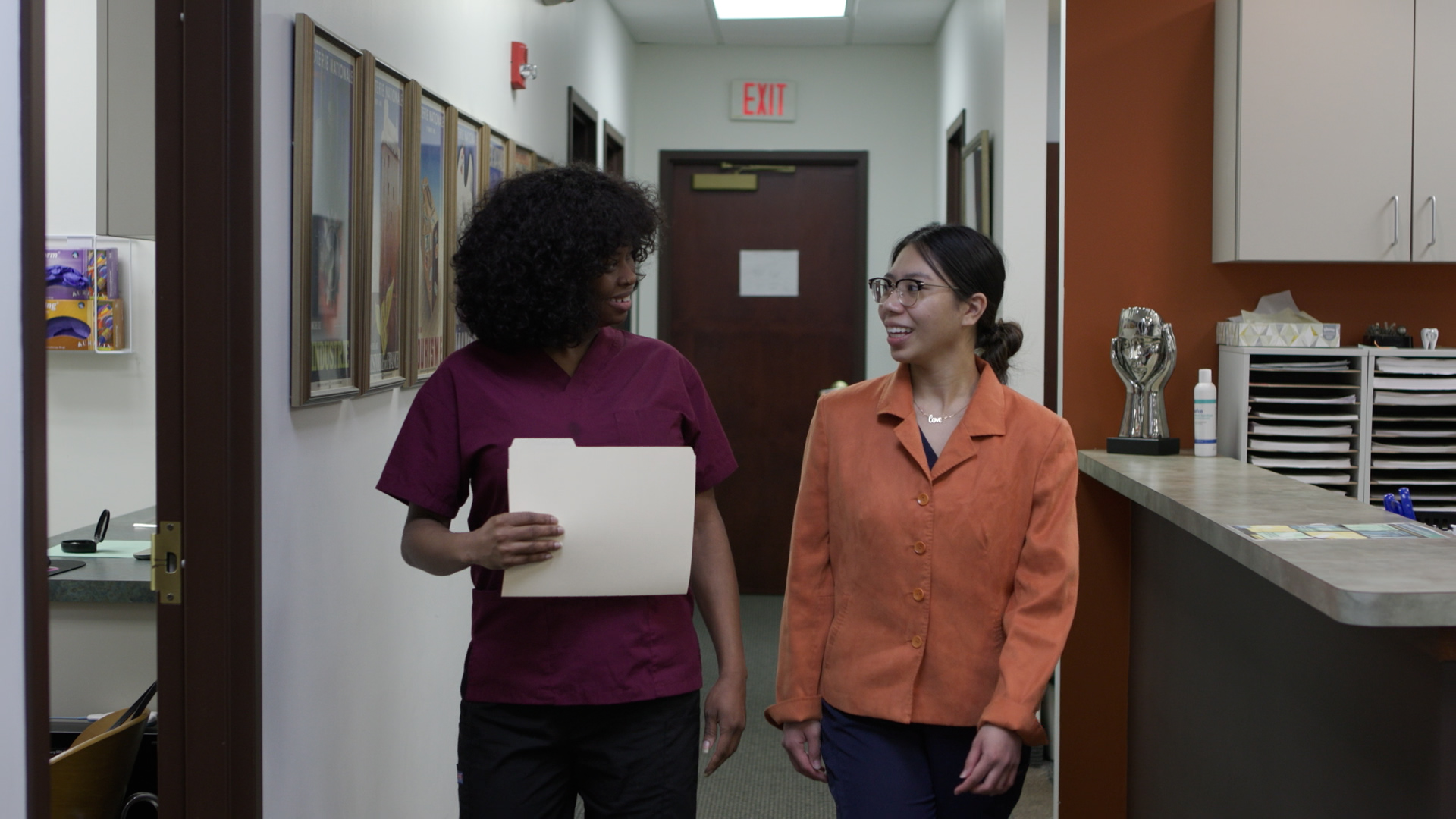
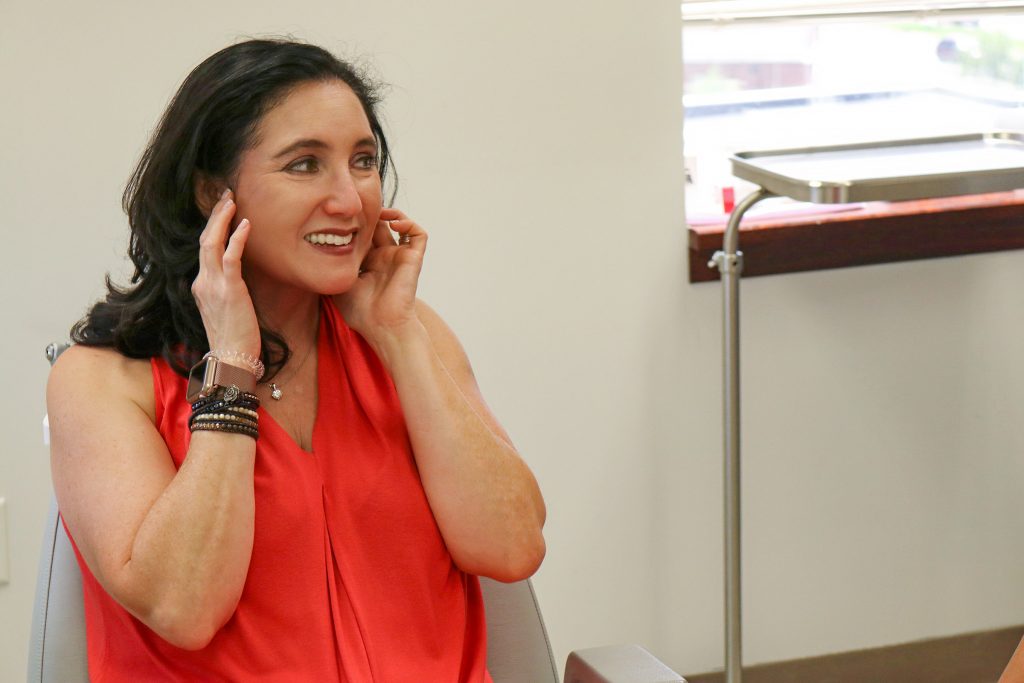
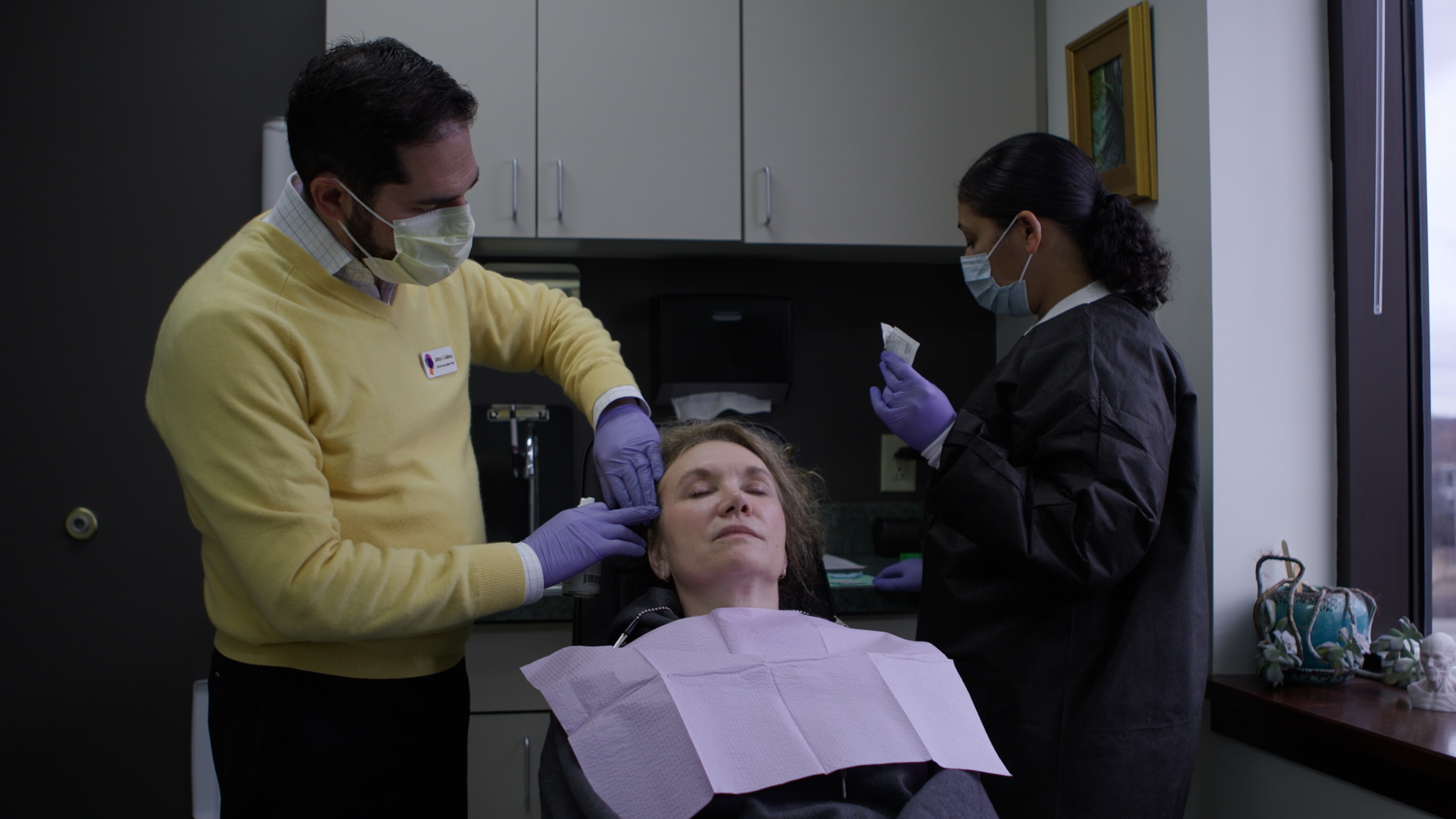
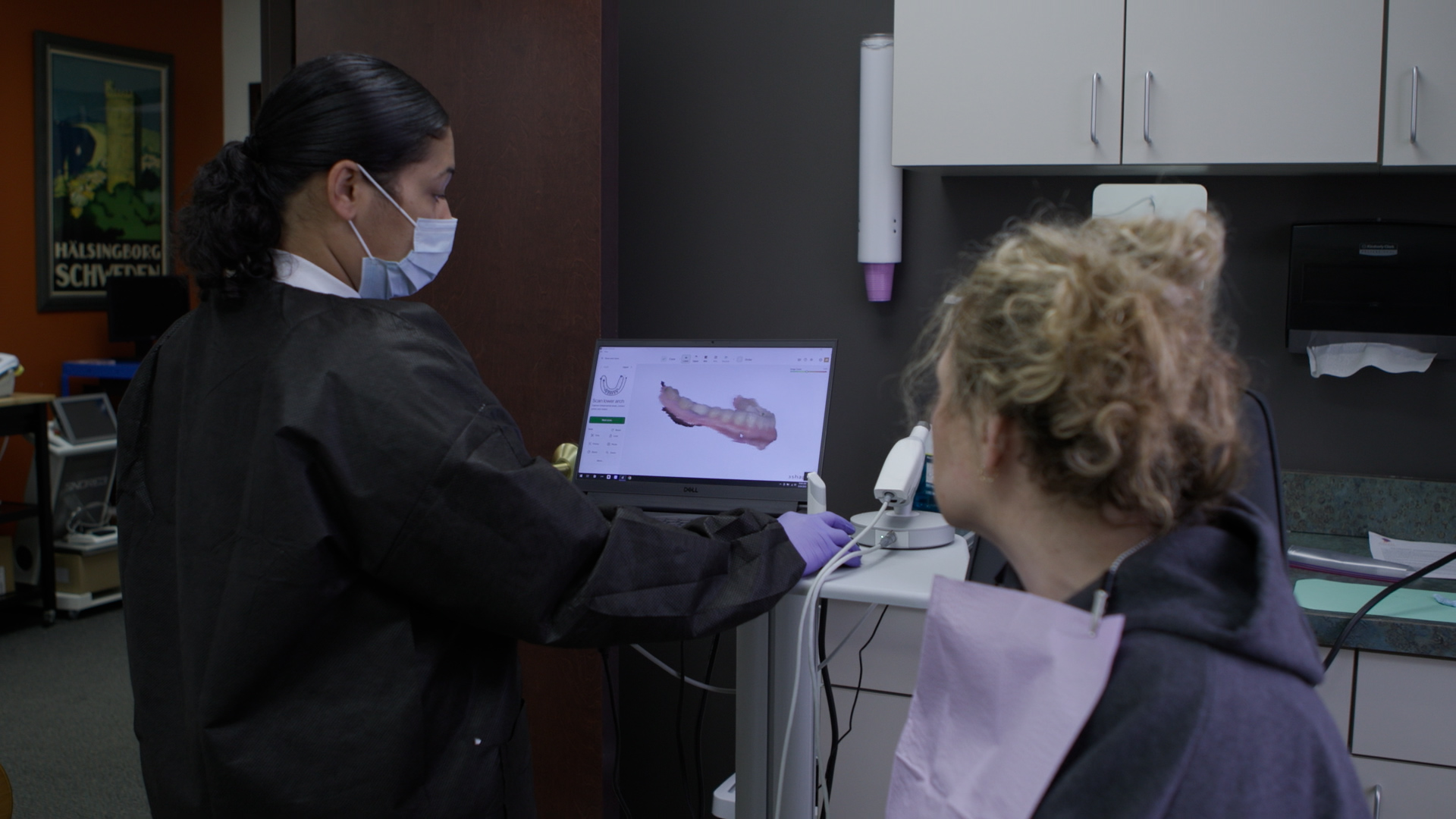
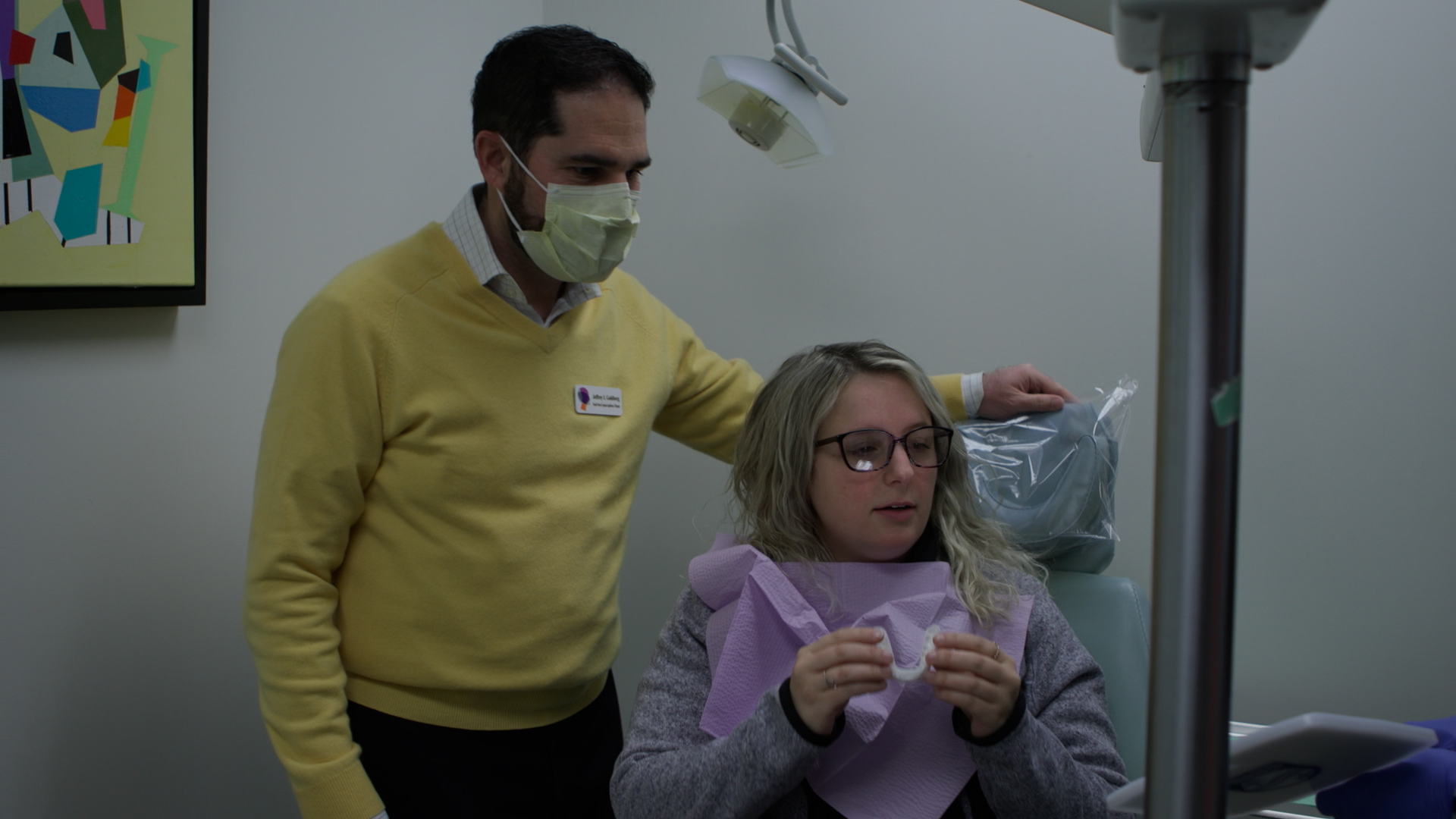
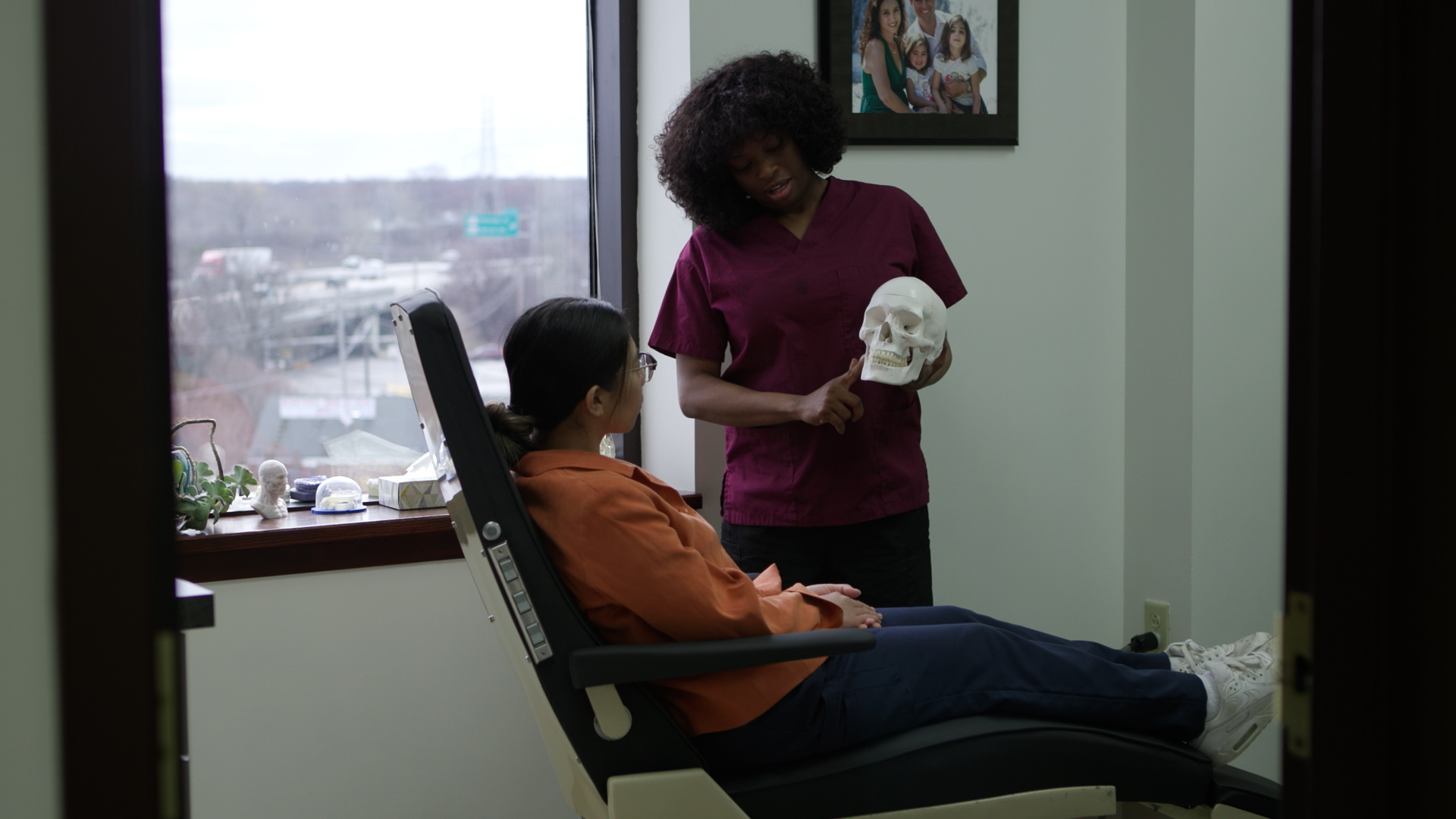

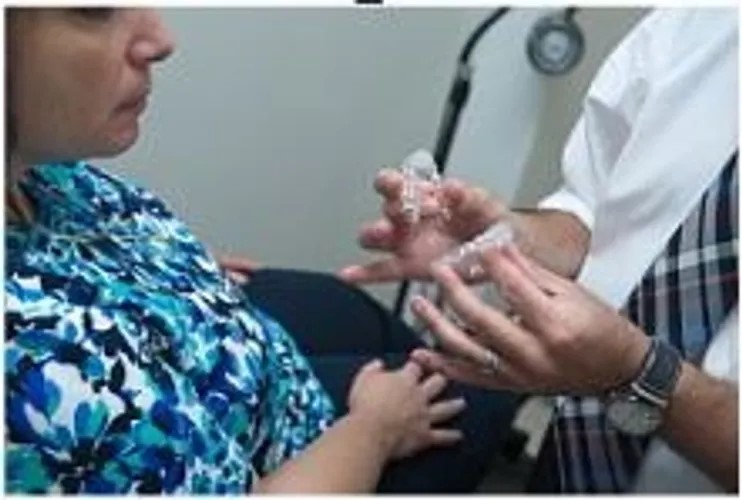
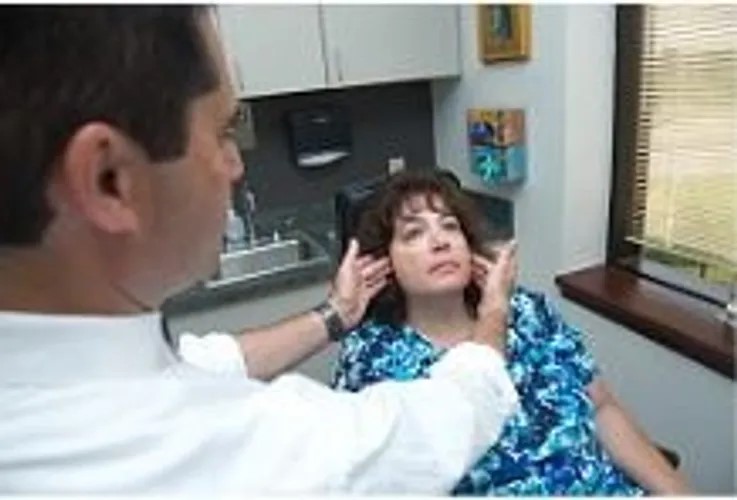
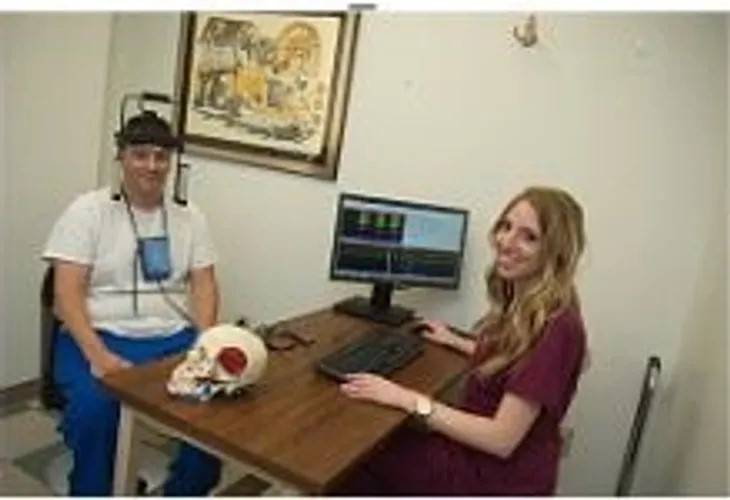
Symptoms
When a patient reports pain at the side of the face, headaches, jaw dysfunction, or other similar problems, doctors and dentists will often use the term TMJ to describe the condition. In fact, facial pain, sometimes called TMJ (for temporomandibular joint) or TMD (temporomandibular disorder), can include a wide spectrum of problems, with an equally wide range of causes and treatment options. Some of the most common symptoms include ear pain, aching teeth, clicking jaw, locking jaw, and tension type headaches. We also treat other oral pain conditions like burning mouth syndrome, phantom tooth pain, and nerve injuries.
Diagnosis
Because facial pain includes a wide spectrum of conditions, the first stage is an accurate diagnosis. This begins with collecting information. We enable patients to complete forms through our website, and follow this with a comprehensive interview at the office with Dr. Goldberg. Listening to the patient and understanding what he or she is experiencing is a critical phase of therapy. Dr. Goldberg will then typically perform a specialized exam and collect x-rays and other imaging as necessary. We are proud to offer the most advanced technology in the region for computer analysis of jaw function.
Our goal is to determine the anatomy underlying the discomfort, determine what factors are causing or aggravating it, and provide ways to improve the situation. In many cases, the body will improve or adapt if obstacles are removed and healing is encouraged.
Treatment
Once a diagnosis has been established, Dr. Goldberg develops a treatment plan aimed at the most conservative, reversible, minimally invasive approach. Many patients are treated with a special oral appliance worn in the mouth at night, during the day, or both, to stabilize the joint and muscles. Medications may be prescribed and injections may be used to help facilitate improvement. Our practice also uses therapeutic ultrasound, low level laser therapy, biofeedback, iontophoresis, and physical therapy as necessary; we are fortunate to have a head and neck physical therapist and nutritionist right in the office.
